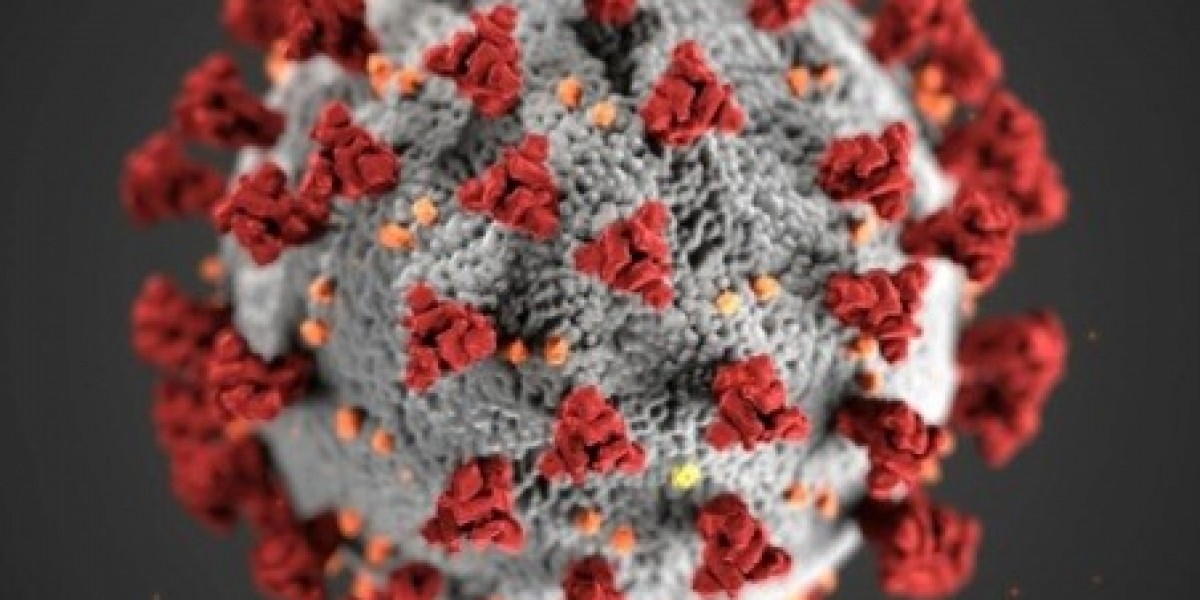Imagine a world where we can detect white matter diseases in children before symptoms even appear. That’s not science fiction anymore—it’s happening now, thanks to advancements in Pediatric Radiology powered by artificial intelligence (AI). Today, let’s dive into how these innovations are reshaping pediatric healthcare, ensuring early intervention, and improving outcomes for young patients.
The Role of AI in Pediatric Radiology
You and I both know that pediatric radiology is critical for diagnosing neurological conditions in children. But traditional imaging methods often fall short in detecting subtle abnormalities like white matter lesions. That’s where AI steps in. By analyzing vast datasets from MRI scans, AI algorithms can identify patterns that might otherwise go unnoticed. These systems don’t just detect lesions—they predict their potential impact on neurodevelopmental outcomes with remarkable accuracy.
What makes AI truly revolutionary is its ability to process complex imaging data at lightning speed. For example, deep learning models like YOLOv3 have demonstrated high sensitivity in detecting punctate white matter lesions (PWMLs), even when integrated with composite imaging techniques. This means radiologists can now make more informed decisions faster, reducing diagnostic delays.
Why Early Detection Matters
White matter diseases, such as demyelinating or dysmyelinating disorders, can significantly affect a child’s cognitive and motor development. Early detection allows healthcare professionals to intervene before irreversible damage occurs. AI-powered imaging systems are transforming this process by offering:
Enhanced precision: Identifying even the smallest lesions with minimal false positives.
Predictive insights: Linking imaging patterns to potential developmental delays.
Streamlined workflows: Automating routine tasks so radiologists can focus on complex cases.
These capabilities are not just improving diagnostics—they’re redefining the standard of care.
Innovations Driving AI in Pediatric Imaging
Let’s talk about the cutting-edge technologies making this possible. Modern multi-parametric MRI techniques now provide detailed insights into brain physiology and histology. When combined with AI-driven radiomics, these systems extract quantitative features from imaging data to create comprehensive profiles of neurological health5. This approach is especially valuable for conditions like autism spectrum disorder or pediatric brain tumors, where early biomarkers are crucial5.
AI also addresses the challenge of information overload. With thousands of data points generated per scan, radiologists often struggle to interpret everything manually. AI algorithms simplify this by prioritizing relevant findings and integrating them into prognostic models.
Sustainability and Regulatory Trends in 2025
Healthcare professionals like you are increasingly focused on sustainability and compliance. AI-powered imaging aligns perfectly with these priorities:
Energy efficiency: Advanced algorithms reduce the need for repeated scans, saving resources.
Regulatory compliance: Systems are designed to meet stringent data privacy and accuracy standards.
Scalability: Cloud-based platforms enable hospitals to adopt AI tools without significant infrastructure changes.
As regulatory bodies push for greater transparency in AI applications, manufacturers are responding with systems that prioritize ethical use and patient safety.
Clinical Applications: A Game-Changer for Hospitals
AI isn’t just a theoretical concept—it’s already transforming clinical practice. Here’s how hospitals are leveraging these technologies:
Improved diagnostics: Faster identification of white matter diseases reduces hospital stays.
Cost savings: Automated workflows lower operational expenses.
Better patient outcomes: Early intervention leads to fewer complications and improved quality of life.
Comparison Table: Traditional vs. AI-Powered Imaging
| Feature | Traditional Imaging | AI-Powered Imaging |
|---|---|---|
| Detection Speed | Slow | Instant |
| Accuracy | Moderate | High |
| Predictive Insights | Limited | Comprehensive |
| Operational Efficiency | Labor-intensive | Automated |
Looking Ahead: The Future of Pediatric Radiology
As we move deeper into 2025, the integration of AI into pediatric radiology will only grow stronger. You’ll see more hospitals adopting these systems, not just for neurological conditions but across various specialties. The focus will shift towards personalized medicine—using AI to tailor treatments based on individual imaging profiles.
For manufacturers and procurement managers, this is a golden opportunity to invest in technologies that deliver both clinical excellence and financial sustainability. And for regulatory bodies, it’s a chance to set global standards that ensure ethical use of AI in healthcare.
Conclusion: Embracing the Future Together
AI-powered imaging isn’t just a tool—it’s a partner in delivering better care for children with white matter diseases. By embracing these innovations, you’re not only improving diagnostics but also paving the way for a healthier future. So let’s work together to make 2025 the year we revolutionize pediatric radiology.
Whether you’re a hospital administrator or a medical professional, the time to act is now. Let’s harness the power of AI to detect early warning signs and give every child the best possible start in life!









